Supertiming: The Unique Elliott Wave System, Keys to Anticipating Impending Stock Market Action
$14.87
| Author(s) | |
|---|---|
| Format |
|
| Pages |
252 |
| Publication Year |
2014 |
In Supertiming: The Unique Elliott Wave Systemk, Beckman sets out with three main objectives: To clarify obscurities and grey areas of The Wave Principle that were present in Elliott’s original writing, To incorporate the work of other analysts in order to allow the Wave Principle to have a broader application and To show the correct conceptual approach that should be used with the Wave Principle so that one can apply it with confidence and consistency.
Introduction:
DURING AN ILLNESS in the mid-1930’s, the late R.N. Elliott undertook the painstaking procedure of attempting to classify share price movements for the preceding 80 years on Wall Street. It was during the course of this work that Elliott discovered a definable basic rhythm in share price movements which he felt had forecasting value when correctly applied. In 1938 Elliott published his findings in a monograph entitled “The Wave Principle”. Eight years later, as a result of further discoveries, he updated the original work in another thesis entitled “Nature’s Law”. Since then, with the exception of a few notable analysts who have achieved outstanding success with Elliott’s theory, the work has drifted into relative obscurity, both of these works being long out of print while the only practitioners of the Elliott Wave Principle are now in North America.
The Elliott Wave theory will probably never achieve the acclaim it deserves for many reasons. Firstly, it is somewhat of a hybrid theory. It belongs in the category of those tools which attempt to analyse the stock market on technical grounds yet is anathema to most “chartists” who only have confidence in “trend chasing” methods. In addition, the Elliott Wave principle makes no claim to predict the future, although far more startling results have been achieved with Elliott than with certain popular methods which do make such claims.
Probably the most severe impediment to the popularity of the method is the initial apparent complexity and variations that must be recognised. The technical methods of dealing with share price movements that have gained popularity usually rely upon a mechanical approach which gives definite buy, sell or hold “signals”, the technique of which can be mastered in a few short hours. I warn you, this is not the case with the “Wave Principle”. Mastery of this technique will take a great deal of time and patience and judgement in its application. Furthermore, before one can apply the principle with sufficient confidence to make it a profitable experience, most conventional stock market theory will have to be placed in “suspense” in the recognition that the stock market offers no absolutes and there is no man alive who can predict with any useful, meaningful degree of accuracy where share prices will be one day hence, much less one year or more hence.
The far-sighted investor who has recognised the basic weakness in the many analytical approaches to the stock market will find the “Wave Principle” intellectually appealing. He will recognise the fact that although the probabilities governing share price behaviour may be 100:1 in his favour, there is always that “1”. He will neither be intimidated nor dismayed by the emergence of the improbable as he watches the varying possibilities and probabilities unfold in the Wave Principle, and will incorporate the results in an investment strategy geared to his own personal requirements. He will not use the Wave Principle as a substitute for thought but will allow the theory to provide the information necessary to quantify the probability of risk or reward in the stock market at any given time.
The Wave Principle will not be used to forecast or predict, but rather to establish targets of probable achievement within the context of broad market movements. The targets will not be absolute targets but will vary in accordance with the changing cyclical pattern of both the economy and the stock market. The Wave Principle will adjust itself to compensate for the unforeseen fundamental developments which are so often the nemesis of technical analysts, producing those treacherous “false signals”. The Wave Principle is the only stock market tool that has ever been devised to compensate for alterations in fundamental conditions.
Contents:
- The Origins of the Wave Principle
- Reality in the Stock Market
- Elliott… Pure and Simple
- “Like a Circle in a Spiral, a Wheel within a Wheel”
- The Fibonacci Summation Series
- Applying the Fibonacci Series
- The Trend Channel
- Elliott, Inflation and the Fifth Wave
- Incorrigible Behaviour
- “Double Threes”, “Triple Threes”, “Horizontals”, “Triangles”… and all that!
- The Finishing Touches
- Practical Application of the Wave Principle
Supertiming: The Unique Elliott Wave System, Keys to Anticipating Impending Stock Market Action By Robert C. Beckman pdf
3 reviews for Supertiming: The Unique Elliott Wave System, Keys to Anticipating Impending Stock Market Action
Clear filtersOnly logged in customers who have purchased this product may leave a review.

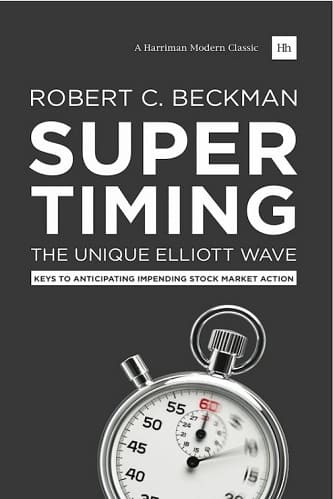

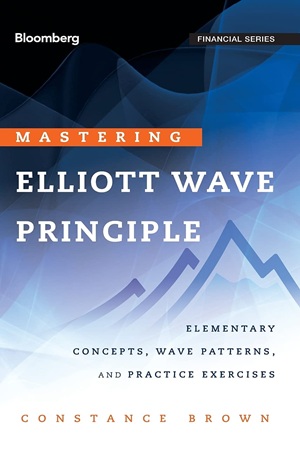
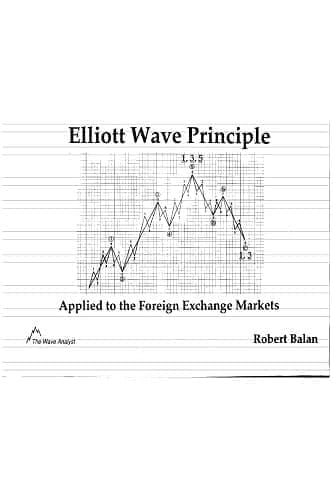
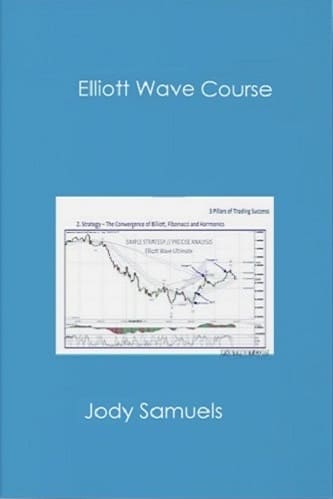
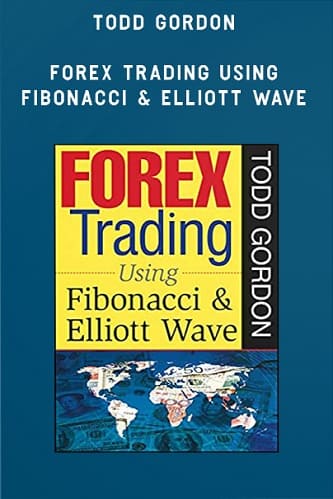


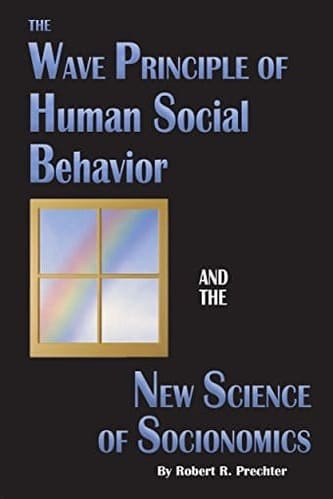
Jane Solis (verified owner) –
I found this book to be well presented and insightful. It explains some Elliott Wave properties in language and example beyond Elliotts own words. I believe it is written on a level for the nonprofessional trader who is trying to develop concepts in the very confusing world of finance.
Brock Jensen (verified owner) –
Zig zag lines with confusing useless sentences.
Ronin Nunez (verified owner) –
I really liked this book, and im so glad i didnt listen to the reviews. Book is well written, well laid out, and he covers the basics and provides good usable knowledge and refreshers as to the more advanced items. Nothing here is ground breaking, but it is a great book to enhance your knowledge with elliott wave and fibonacci for the beginner to intermediate practitioners. I even learned a thing or two. Highly recommend